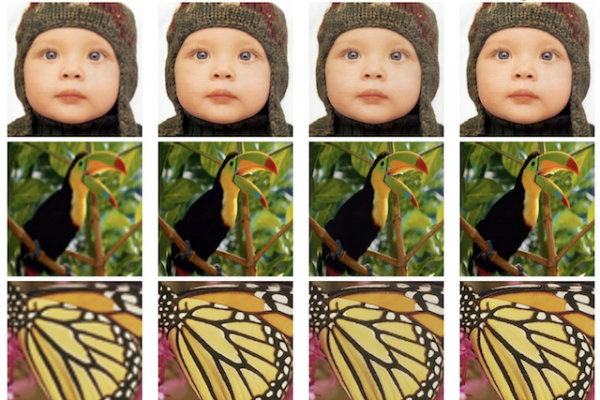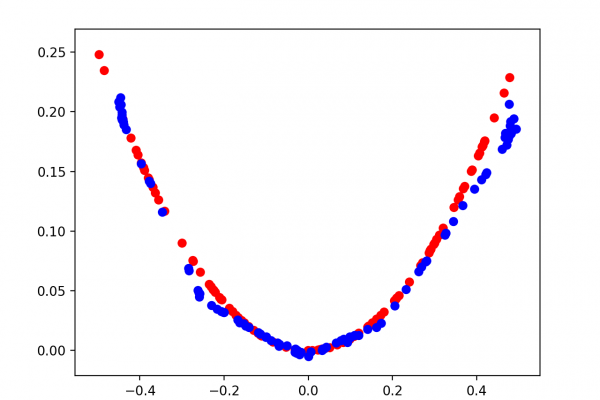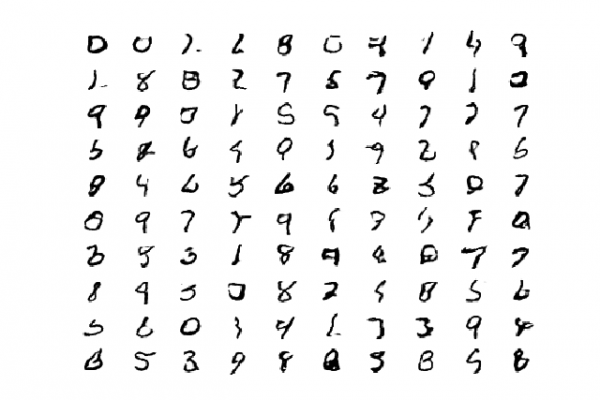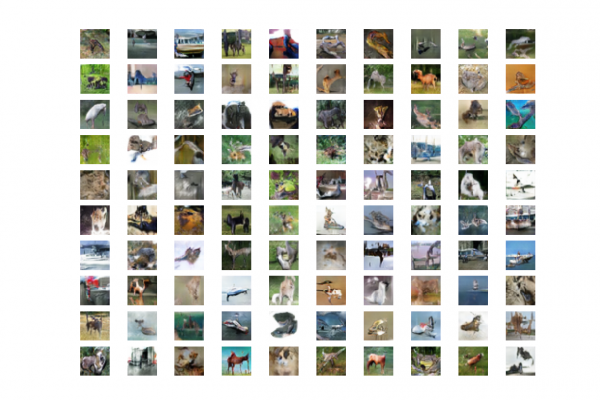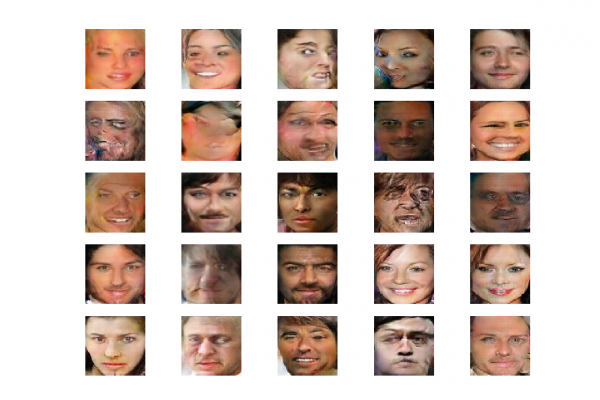Best Resources for Getting Started With GANs
Last Updated on July 12, 2019 Generative Adversarial Networks, or GANs, are a type of deep learning technique for generative modeling. GANs are the techniques behind the startlingly photorealistic generation of human faces, as well as impressive image translation tasks such as photo colorization, face de-aging, super-resolution, and more. It can be very challenging to get started with GANs. This is both because the field is very young, starting with the first paper in 2014, and because of the vast […]
Read more
